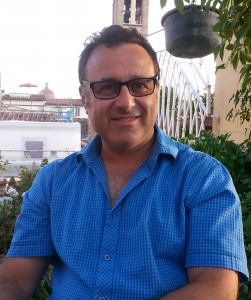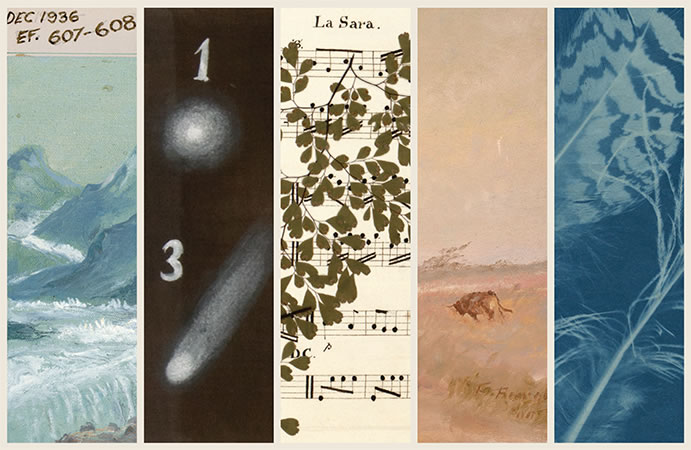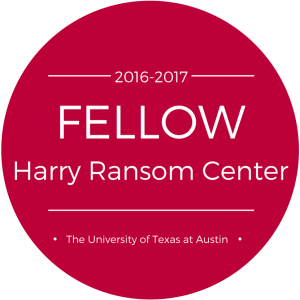Nicholas Frankel is a Professor of English at Virginia Commonwealth University.
Originally from London, England, he has resided in Richmond, Virginia for the last nineteen years.
Tell us about your research:
My book details Oscar Wilde’s efforts at rebuilding his literary career and personal relationships in the final years of his life, as well as the frequently indomitable spirit with which he faced disgrace, poverty, and exile. It also uses the period of Wilde’s exile as a critical lens through which to read his writings, which had since the early 1880s been inflected by their author’s consciousness of the terrible price he would ultimately pay for his homosexuality. The book demonstrates the bravery with which Wilde lived and wrote in the face of homophobia: but more importantly, it also demonstrates the deliberateness with which Wilde courted his own fate and brought down upon himself social forces whose destructive power is latent between the lines of his writing.

Which collections at the Ransom Center are most relevant to your research?
Oscar Wilde collection, Lord Alfred Douglas collection, Frank Harris collection, and the George Ives papers.
Outside of your primary research interest, are there other collection items at the Ransom Center that you hope to see?
Drawings and paintings by Dante Gabriel Rossetti, Max Beerbohm, William Blake, and William Rothenstein, Lewis Carroll’s photo albums, J.G. Ballard’s manuscript for The Unlimited Dream Company, Kelmscott Press, Doves Press, Cobden-Sanderson, and Eric Gill.
Can you share a particularly exciting moment of discovery while working in other research libraries?
In 2009, I discovered correspondence at the Pennsylvania Historical Association that threw new light on the composition and publication of Oscar Wilde’s only novel, The Picture of Dorian Gray. Among other things, it provided firm evidence of in-house censorship on the part of the novel’s publishers and led me to a complete reappraisal of the novel’s text. The results of this research were published in 2011 as The Picture of Dorian Gray: An Annotated Uncensored Edition (Harvard University Press).
I am fascinated by an undated letter from the painter John Singer Sargent to Oscar Wilde in the Ransom Center collections. It was recently published online as part of Project REVEAL and it’s among the richest evidence we possess of the close friendship in the 1880s between Wilde and the great painter. In it, Sargent invites Wilde to his studio to watch him put the finishing touches to his scandalous portrait of “Madame X,” days before exhibiting it at the Paris Salon of 1884-and also to meet the painting’s sitter, who, he says “looks like Phryne.” If Wilde took up Sargent’s invitation, it means he was present at the completion of one of the most remarkable portraits of the 19th century. So scandalous was the portrait when it was exhibited that it abruptly ended Sargent’s Parisian career-although thirty-two years later, on selling it to the Met, Sargent himself described the portrait as “the best thing I have ever done.”
Beyond researching what is at the top of your must see/do list while in Austin?
To see James McMurtry perform live at the Continental Club and to get out on the bike trails, if I can lay my hands on a bike.


